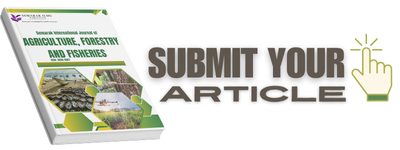Seagrass in Sulaman Lake, Tuaran, Sabah, Malaysia: Distribution and Threats
Keywords:
Seagrass, coverage, distribution, lagoon, Sulaman LakeAbstract
Seagrass is a vital component of marine ecosystems, providing food, habitat, and nursery areas for numerous marine organisms. It is mainly found in intertidal zones and coastal lagoons. Healthy seagrass supports ecological functions that sustain fisheries productivity, thereby enhancing the livelihoods and food security of coastal communities. However, recent coastal development has increased suspended sediment in the water column and reduced seagrass coverage. Information on seagrass coverage and distribution is therefore crucial for management planning and protection. This study aimed to identify seagrass coverage, distribution, and associated threats at Sulaman Lake, Tuaran, Sabah, Malaysia. The lagoon, located on the west coast of Sabah, connects to about 5 km of shoreline. A seagrass survey, guided by the local community, was conducted between 28–29 January 2025 during spring low tide. Coordinates of seagrass patches were marked using a Global Positioning System and synchronized with Google Earth. Field surveys for data collection and species identification were repeated on 8 August 2025. Seagrass distribution was also assessed using a DJI Mavic Air 2S drone. Only one seagrass species, Enhalus acoroides, was detected in Sulaman Lake, with patches located approximately 30 m from mangrove edges. The present study estimated the seagrass coverage in Sulaman Lake is ~140 ha. The main threats to seagrass include sedimentation, suspended sediments, fishing and human settlements. Strengthening environmental management measures related to water quality and human activities is recommended to ensure the survival of seagrass ecosystems and associated marine organisms. Continued monitoring and conservation are also essential to sustain the ecological and socio-economic functions of seagrass in the lagoon.









